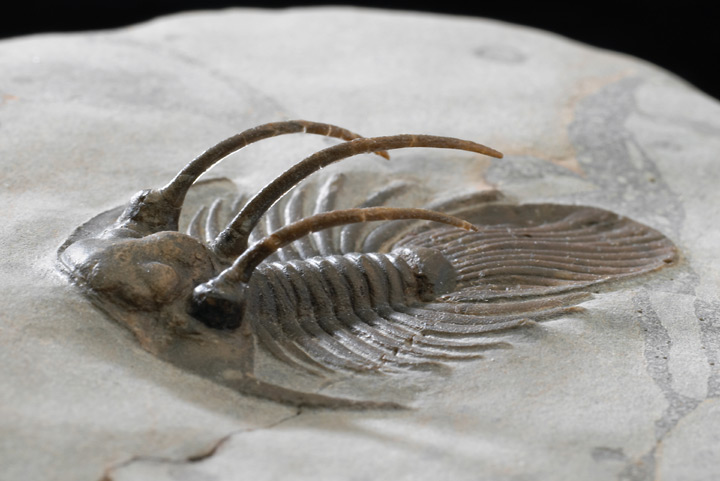 Trilobite fossil
Trilobite fossil
TLF ID R6883
This is a colour photograph of a fossil trilobite of the genus 'Kolihapeltis'.
 Trilobite fossil
Trilobite fossil
TLF ID R6883
This is a colour photograph of a fossil trilobite of the genus 'Kolihapeltis'.
3; 4; 5; 6; 7; 8; 9; 10; 11; 12
